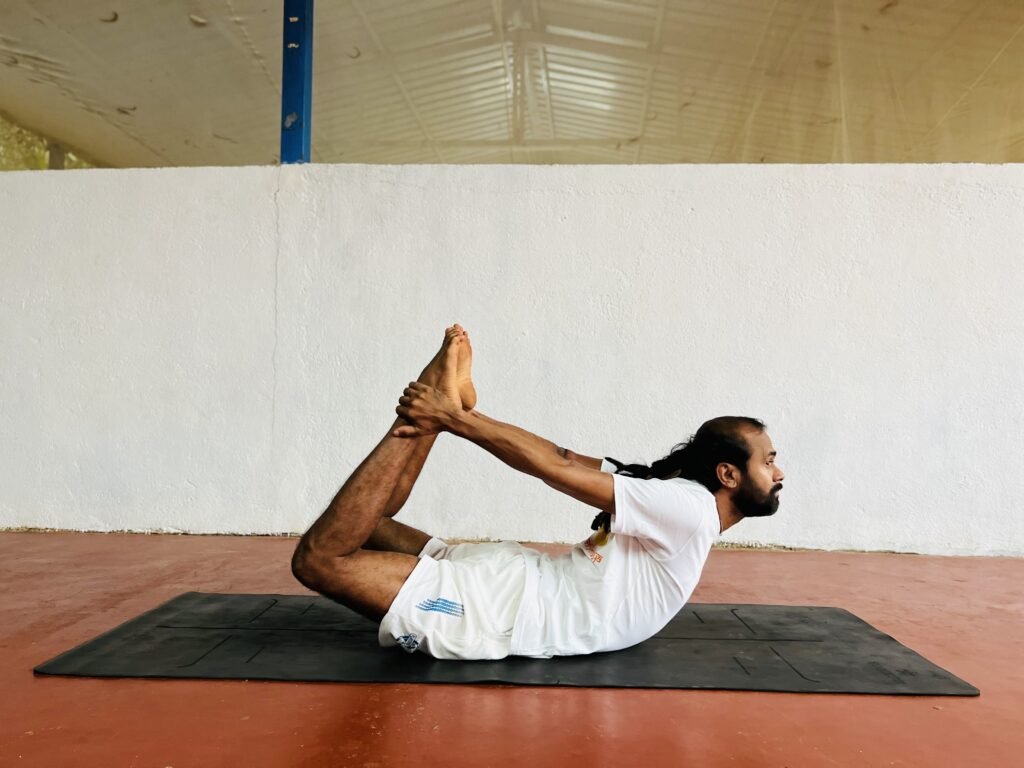
Every single one of us has experienced constipation and the excruciating discomfort; causes can include your diet, daily routine, travel, or lack of exercise. Basically, it means that your stools are dry, hard, and challenging to pass. As a result, fewer bowel movements occur daily.
A person may occasionally go weeks without having a bowel movement, which can cause chronic constipation and long-term harm to the excretory system.
SYMPTOMS OF CONSTIPATION
- painful or difficult bowel movements
- no bowel movement for more than three days
- dry and hard stools
- excessive strain or effort required to pass stools
- feeling bloated; swollen abdomen
- feeling lethargic
- flatulence or gassiness
- lower abdominal pain
CAUSES OF CONSTIPATION
- Hypothyroidism – The thyroid gland creates a hormone that controls all aspects of metabolism, including digestion. Therefore, issues like constipation may result from decreased hormone secretion.
- Poor nutrition – Eating the wrong foods can affect the digestive system. Constipation is much more likely if you consume a diet low in fiber or frequently consume processed or refined food items.
- Diabetes – A rise in the nerves’ blood sugar level can cause constipation.
- Resistance – When you refuse to use the restroom during business meetings or travel. , the stools become hard and challenging to pass. One of the causes of adult constipation is due to this.
- Depression and Stress – Being depressed and under stress can make you feel physically lethargic. Additionally, the consumption of sugar-rich, unhealthy foods is rising, which could cause constipation.
- Constipation Associated with Pregnancy – This constipation is frequent due to hormonal changes, and the bowel movement slows down. It helps to eat more fibrous foods.
- Lack of Water or Other Liquids – Dehydration can lead to constipation. The body contains 75% water, and water speeds up bowel movements and keeps the stool or feces soft. The intestines tend to absorb more water when you don’t drink enough, resulting in hard, dry feces.
- Medications – Constipation can occasionally result from the excessive use of medications like calcium tablets and iron supplements.
YOGA AND CONSTIPATION
Constipation can be relieved by increasing your water intake and consuming more fiber-rich foods, but exercise can also help.
The muscles in your intestine are stimulated by exercise, which makes it easier for them to move waste. Yoga also aids in the relief of constipation because certain poses, particularly twists and those that place pressure on the abdomen, gently massage the digestive tract, which encourages the passage of faeces.
CONSTIPATION RELIEF POSES IN YOGA:
- Pranayama IV: This breathing technique works the abdominal muscles very well, and the belly’s movement is good for the digestive system. Other conditions like acidity, insomnia, and stomach disorders can be treated with regular pranayama IV practice and belly fat.
- Pavanamuktasana: Also known as the Wind-Relieving Pose, this is useful for getting rid of gas and enhancing the digestive system. As the intestinal flatus moves more quickly and is expelled, this posture significantly reduces flatulence. It offers relief for sluggish liver and chronic constipation.
- Dhanurasana: The Bow Pose is also known as Dhanurasana. This posture strengthens the abdominal organs. If you perform this pose regularly, it will prevent gas and digestive problems. This pose relieves pressure on the abdomen.
- Vajrasana: The Adamant Pose, is primarily used to correct postural flaws. Additionally, this controls blood flow to the abdomen, which enhances digestion. As a result, yoga professionals frequently advise individuals who experience chronic constipation to perform this asana regularly. In addition to enhancing digestion, it also strengthens the digestive system.
- Bhujangasana: Also called the Cobra Pose, this posture will aid in cleansing the digestive system. This implies that you won’t experience constipation if your digestive tract is empty. This pose not only relieves indigestion or constipation but also tones your abdominal muscles.
- Halasana: This pose is primarily used to accomplish two objectives. First, to build up the muscles in the back, and second, to relieve stress. Additionally, the abdominal organs that control appetite are massaged in this position.
- Spine Twist: Reclining twist, also known as the supine twist, is another name for this pose. Your spine and vertebrae are given enough movement in this posture, making them flexible. It also energizes and tones the internal organs. For detoxification, this position is strongly advised.You run a lower risk of constipation if your system is detoxified.
- Balasana: Since stress is a major contributor to constipation, it’s important to find relief from it. The Child Pose relieves stress throughout the body. The asana is effective because a fold close to the abdomen also massages the organs. As a result, digestion improves, and you have regular bowel movements.
FAQ:
What should one remember when practicing yoga for constipation?
- Yoga asanas for constipation must be performed on an empty stomach first thing in the morning.
- Never practice yoga for bowel movements without learning its techniques from a seasoned practitioner.
- It is not advised to practice yoga asanas for constipation if you have a fever, the flu, a cold, or are under a lot of stress or anxiety.
- When performing asanas for constipation, pay close attention to your body’s signals. If you feel pain or dizziness, stop right away.
What time of day is ideal for yoga?
After a substantial meal, wait an hour before engaging in any strenuous exercise. Your stomach and intestines receive more blood after eating to aid in the digestion of the food. When you exercise shortly after eating, blood flows to your heart and muscles rather than your stomach, which causes food to move more slowly through your intestines because the strength of your gut’s muscle contractions depends on how much blood it has. Bloating, gas, and constipation may result from this.
